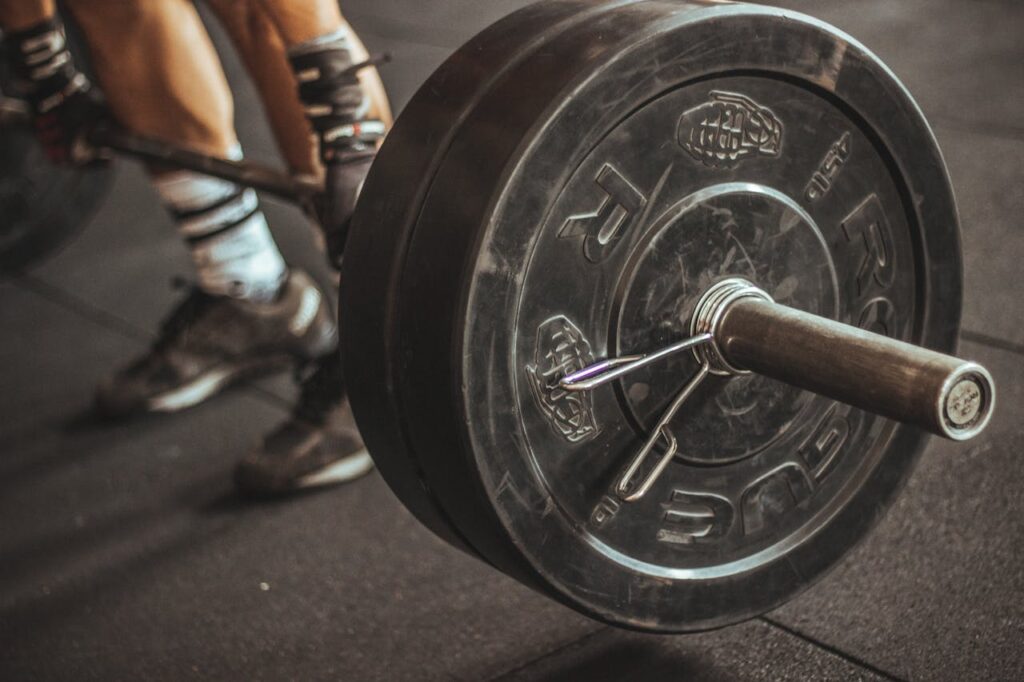Why Rep Ranges Matter for Body Recomposition
When it comes to transforming your body—losing fat while building strength and muscle—most people think they just need to train harder or eat cleaner. While both matter, there’s another factor that often gets overlooked: rep ranges
.
As a high-level soccer player, I’ve always been into fitness—but for years, my training was shaped by the demands of the sport. Endless running conditioned my body for endurance, so naturally, I stuck to higher rep ranges in the gym. I felt comfortable there, and to be honest, I didn’t fully understand what the lower rep ranges were for. They seemed intimidating, and I thought they wouldn’t help me stay light and lean for soccer. On top of that, I leaned heavily on cardio, thinking it was the best way to stay in shape.
What I didn’t realize at the time is that rep ranges aren’t just about building bigger muscles—they directly influence strength, speed, endurance, and even injury prevention. Once I stepped outside my comfort zone and learned how to use all the different ranges, my training—and my body—changed completely. And chances are, you might be in a similar spot, relying on what feels familiar without tapping into the full power of variety.
As a Vancouver personal trainer, I now help others avoid the same mistakes, showing them how cycling through different rep ranges unlocks new progress and accelerates body recomposition.
The 3 Key Rep Ranges to Cycle Through
1. Low Reps (1–6 reps per set)
- Focus: Strength and neural adaptation
- What It Does: Training in lower rep ranges with heavier weights primarily builds strength by teaching your nervous system to recruit more muscle fibers. While this doesn’t directly build muscle size, getting stronger allows you to lift heavier loads in higher rep ranges later, which does contribute to muscle growth.
- Best For: Increasing raw strength and confidence under the bar.
2. Moderate Reps (6–12 reps per set)
- Focus: Hypertrophy (muscle growth)
- What It Does: This “sweet spot” rep range creates the most mechanical tension and metabolic stress on your muscles—two key drivers of hypertrophy. Over time, this leads to fuller, denser muscles, which help reshape your body and improve overall aesthetics.
- Best For: Building lean muscle and changing your body image.
3. High Reps (12–20+ reps per set)
- Focus: Muscular endurance and calorie burn
- What It Does: High-rep sets improve muscular endurance and spike calorie expenditure, making them a great tool for fat loss phases. They also increase metabolic stress, which can complement hypertrophy training when programmed correctly.
- Best For: Toning, calorie burning, and improving stamina.
Why Cycling Rep Ranges is Essential
Body recomposition requires more than sticking to the same routine. By periodically shifting between these rep ranges, you’ll:
- Build strength to handle heavier loads.
- Add lean muscle to reshape your physique.
- Burn calories and improve endurance to accelerate fat loss.
The combination creates a powerful trifecta: a leaner, stronger, and more athletic version of yourself.
Final Thoughts
If your workouts have felt stagnant, it may be time to rethink your rep strategy. Whether you’re working in the low, moderate, or high rep range, each has a place in your training journey. The key is to periodize and cycle them to maximize results.
As a Vancouver personal trainer, my goal is to help clients balance these training styles so they don’t just lose weight or gain muscle—they truly transform their body composition.

